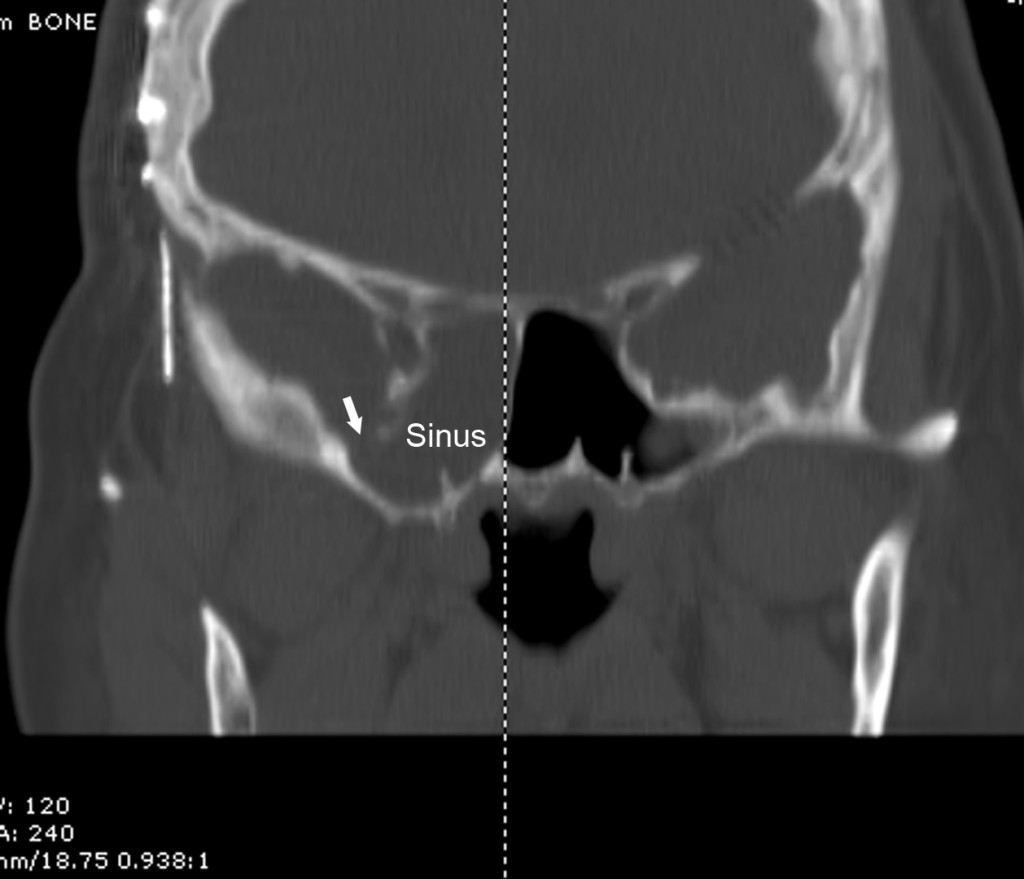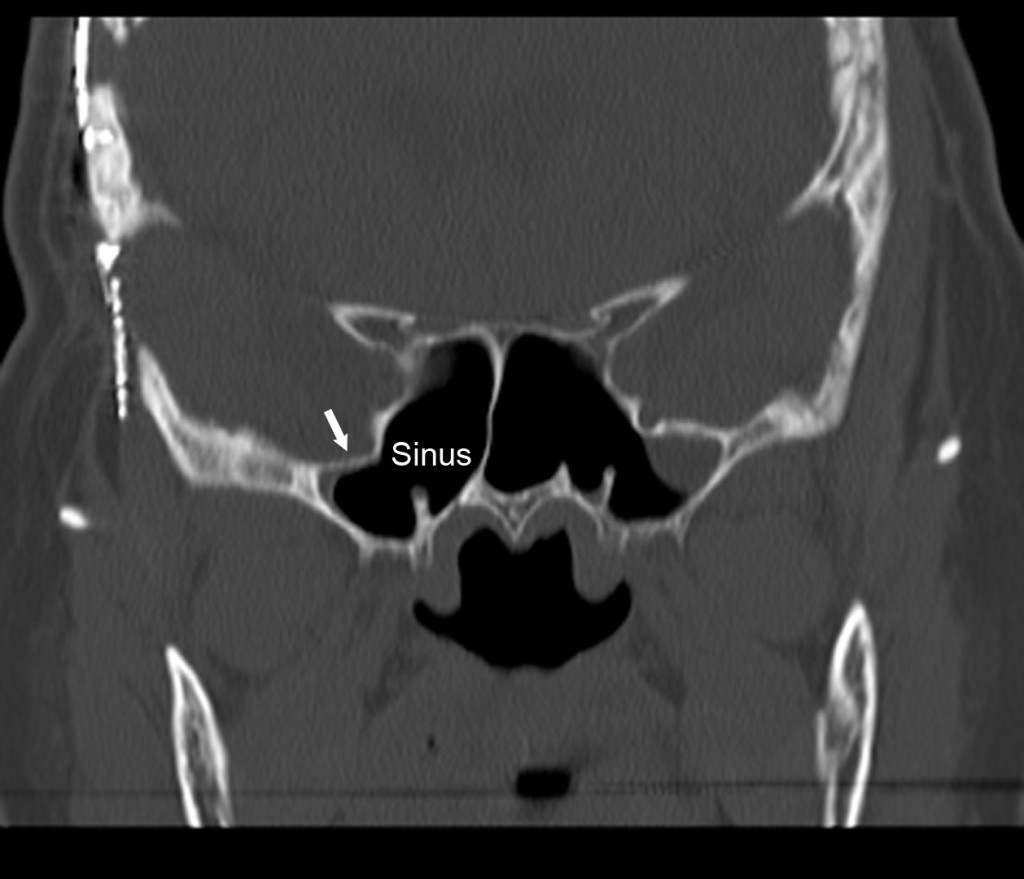What is a nasal CSF leak?
Cerebrospinal fluid (also known as CSF) is the fluid that normally sits around the brain and spine. Nasal CSF leaks happen when CSF drips out through the nose. A CSF leak can create serious health problems.
How are nasal CSF leaks repaired?
Fortunately, most CSF leaks that start in the nose can be successfully treated with minimally invasive surgery. In the past, many patients had to undergo a procedure called a craniotomy to successfully repair the holes leading to CSF leaks. With this type of procedure, a neurosurgeon would work through the skull to find and repair the hole.
Now, most nasal CSF leaks can be repaired with less invasive surgery. Surgeons can work through the inside of the nostrils to get to hole causing the leak. This type of surgery is called endoscopic nasal CSF leak repair. In this type of surgery, the surgeon will work through the inside of the nostrils with a nasal endoscope. The surgeon opens the sinuses so that the hole causing the leak can be seen. After finding the hole, a patch can be placed to seal the leak.
Many different materials can be used to fix the hole. Often, the surgeon can use some of the tissue from the inside of the nose. Some of the materials used from the inside of the nose include things called mucosa and septal bone. Mucosa is the membrane that covers the inside of the nose and sinuses. The bone is often taken from the nasal septum. Sometimes, the surgeon may have to use synthetic materials or materials taken from other parts of the body.
After finding the hole, the surgeon works to make sure the entire hole can be seen. This can help make sure that the patch covers the entire defect. Then, the patch can be carefully placed to cover the affected area. Sometimes, a few different types of materials are used so that multiple “layers” can close the hole. The images below show the changes that can be seen after a successful endoscopic CSF leak repair. The patient had a CSF leak involving a sinus called the sphenoid sinus. The sinus looked gray on the CT scan before surgery, showing that it is filled with fluid. After surgery, the patch has healed well and the sinus is much healthier. The sinus is filled with air, as a healthy sinus should be.
What is recovery like after CSF leak repair?
Most patients stay in the hospital for one or two nights after this type of surgery. Sometimes, a drain called a lumbar drain may need to be placed for a few days after surgery. This involves the placement of a catheter below the spinal cord in the lower back. The purpose of the drain is to allow the patch to heal for a few days without excessive pressure. The drain is not always necessary. In fact, most patients having repair of a CSF leak in our practice do not need a lumbar drain.
After the repair, the patch will continue to heal for several weeks. During this time, it is important not to perform heavy physical activity. Most patients have only mild pain after surgery. In fact, many patients have a recovery process similar to patients having more routine types of sinus surgery. The nose typically heals very well after surgery. Most patients have healthy sinuses and good long term results.
Before and after sphenoid sinus CSF leak repair…
These are images of CT scans showing views of the right sphenoid sinus before and after repair of a spontaneous CSF leak.


